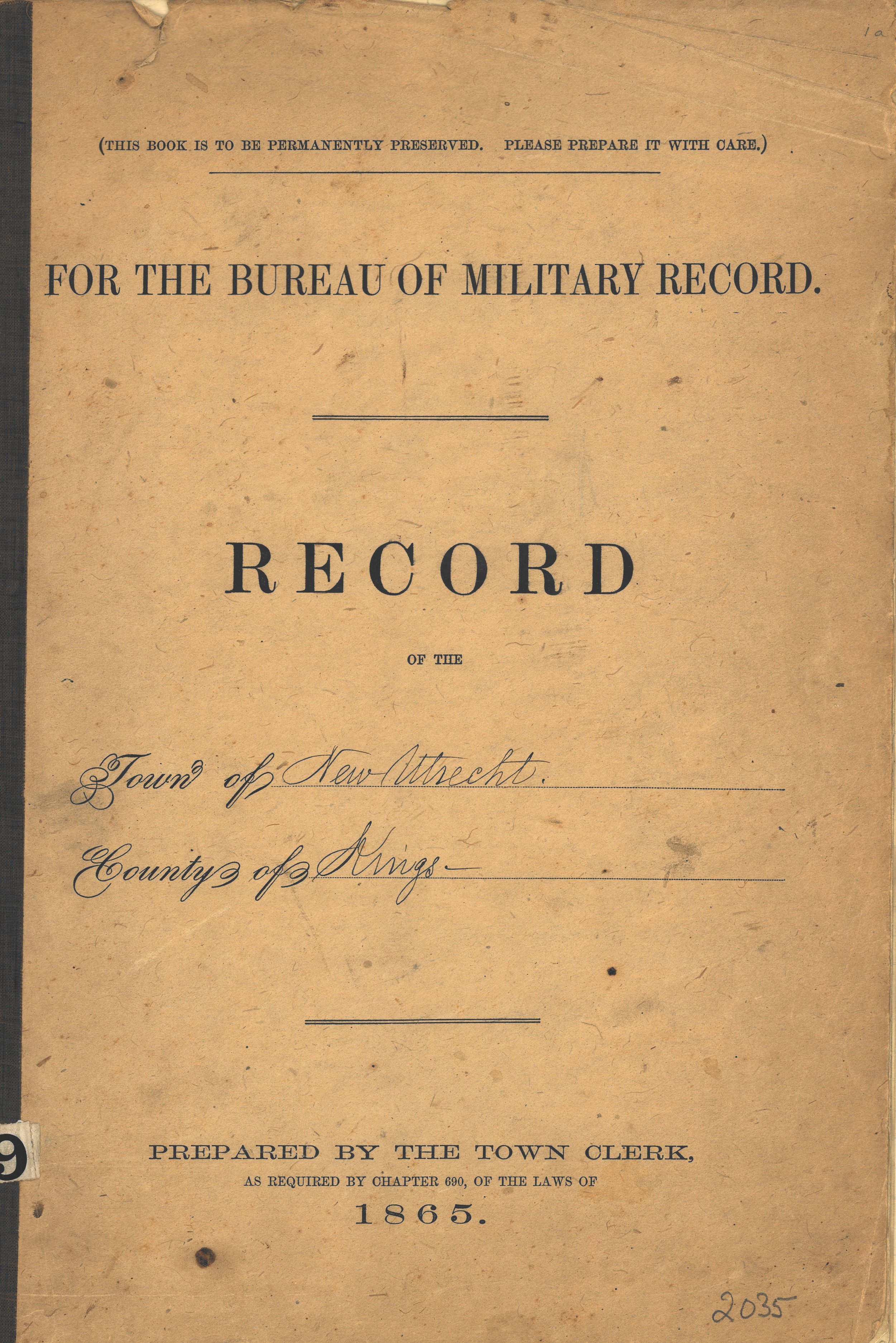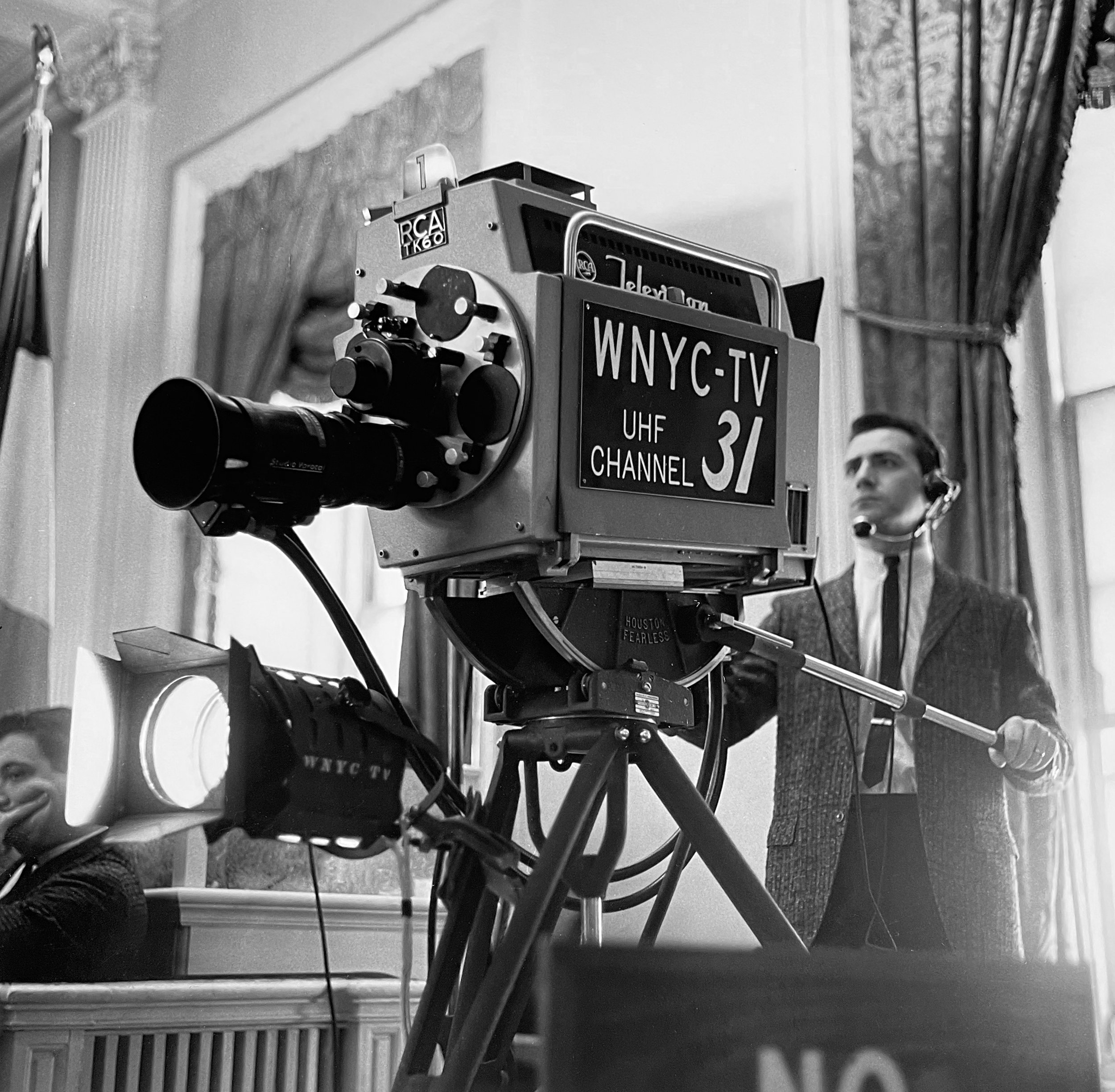Recently, the Department of Records of Information Services (DORIS) shared its harmful content statement on the agency’s website and new digital collections platform, Preservica.
This statement is part of the larger and ongoing diversity, equity, inclusion, and accessibility (DEIA) initiatives at the agency. These include the “In Her Own Name” volunteer project to recover women’s names in the collections introduced by For the Record in Recovering Women’s Names in DORIS’ Digital Collections. This work comes after months of research on statements written by other repositories, and feedback from DORIS staff.
Harmful content refers to both description and audio or visual material that may contain, but is not limited to, outdated, inaccurate, offensive, violent, or graphic materials. This may include a wide range of content, from outdated and offensive racial terminology to images of crime scenes and deceased individuals.
Our actions to address harmful content will increase public access to collections and take into account inclusion and equity goals. Outdated language can sometimes make content inaccessible as modern researchers who use current terminology may not receive positive results in their searches. Adding terminology that is in line with current language guidance in descriptions helps open additional points for research and access. Furthermore, using modern language is more inclusive because it considers how current communities prefer to be described.
“Squaw” Cigar Store Figure [Statue of Indigenous Women], 1937. WPA Federal Writers’ Project Photograph Collection. NYC Municipal Archives.
It is important to note that DORIS does not alter or remove language in original records. This will ensure historical context and viewpoints of the time period. For outdated creator or legacy description, catalogers may include additional description in brackets to provide context or create another access point for users. Researchers who encounter such content, in finding aids (accompanying descriptions of collections), blogs, photograph captions, and more can report it here: Harmful Content Feedback Form.
Here is one example that illustrates how outdated descriptions may limit access and alienate communities. This photograph from the Works Progress Administration (WPA) Federal Writers’ Project collection was titled, “Indian Squaw” in the inventory originally created by WPA writers in the 1930s. “Squaw” is a phrase that is considered derogatory by some Indigenous communities. Additionally, while “Indian” may be used by some Indigenous peoples as a form of self-identification and in some legal instances, “Indian” in reference to Indigenous Peoples reinforces many negative historical connotations. It also invites confusion on whether one is referring to Indigenous Peoples or people from India. This title may prevent people from finding this image if they are using modern terminology, nor does it give a full picture of what is actually depicted in the image. Catalogers will distinguish between the creator description and their updates by putting new language in brackets.
In another example, a picture in the Department of Sanitation photograph collection was originally titled: Seventh Avenue above 110th Street, Black strolling down avenue, shop signs, sanitation man picking up paper. To distinguish between the original creator and updated description, DORIS catalogers will add their new language in brackets: [Seventh Avenue above 110 Street; People walking down avenue, shop signs, sanitation man picking up paper]. When referring to Black people, one should use the adjective form and not the noun form because you are referring to people not a color. Additionally, this description was updated to include the word “People” as the original description did not mention people were walking at all.
Researchers should keep in mind that these changes may not appear right away as this process can require extensive research, community feedback, and a balancing of staff resources. Additional challenges are that language is constantly changing, there are community conflicts on best practices, and weighing the need to provide access balanced with the safety and privacy of users. Despite this, if DORIS makes an evaluation that some content may be harmful based on community input, access to the content will still be available in other ways. Researchers and community members can still request to view content through the inventory.
Once again, user feedback is valued. If you come across harmful content in any of DORIS’ work, please submit your comments here: Harmful Content Feedback Form.
References:
Fox, Violet. “List of Statements on Bias in Libraries and Archives Description.” https://cataloginglab.org/list-of-statements-on-bias-in-library-and-archives-description/.
National Archives and Records Administration (NARA). “Reparative Description Preferred Term: Black Person.” https://www.archives.gov/research/catalog/lcdrg/appendix/black-person.
Vowel, Chelsea. “Just Don’t Call Us Late for Supper - Names for Indigenous Peoples.” Indigenous Writes: A Guide to First Nations, Métis & Inuit Issues in Canada. Winnipeg, Manitoba, Canada: Highwater Press. 2016.


































